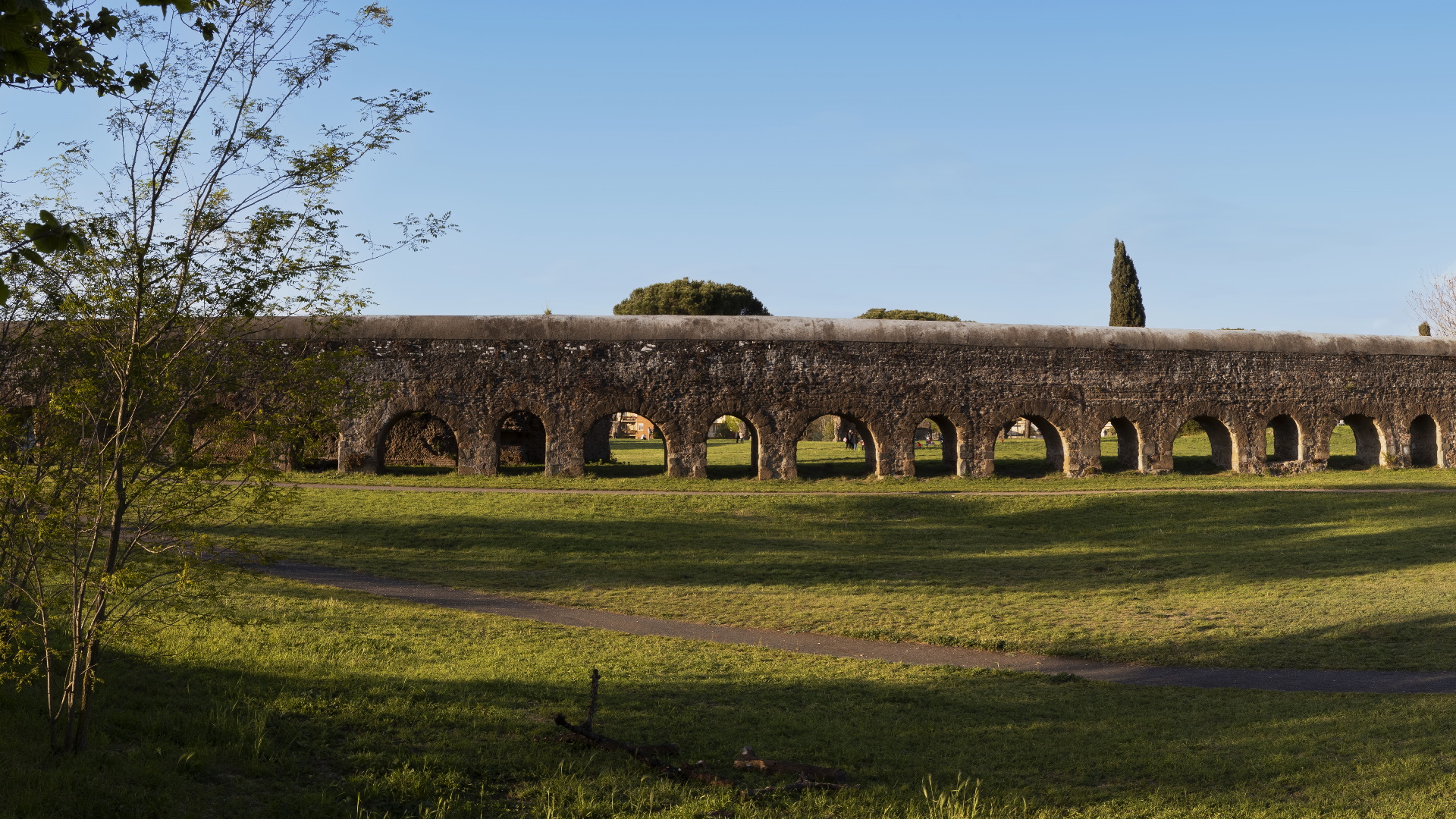
PROJECT
Unexpected Itineraries of Rome is a project funded under the measure “Grandi Destinazioni Italiane per un Turismo Sostenibile” (Great Italian Destinations for a Sustainable Tourism), the Development and Cohesion Plan (PSC) of the Ministry of Tourism involving five Italian cities by networking them: Venice, Milan, Florence, Rome, and Naples.
Unexpected Itineraries of Rome is a project for the valorisation, fruition, communication, and promotion of itineraries developed outside the traditional tourist routes - even in decentralised areas of the city -characterised by elements of great natural and landscape importance and sites and archaeological remains of remarkable historical, cultural, and artistic interest, which together contribute to create places of unique beauty but whose history is little known even by the Roman citizens who live them daily.
The project proposes the idea of a 'never-ending Rome' to generate a repetition of the journey for a market consisting mainly of young people, curious and discovery enthusiastic tourists of all ages, and repeaters who already know Rome's most famous features. The promotion and communication of new and unexpected itineraries - that mix street art, history, biodiversity, and culture - will be especially addressed to these targets.
Unexpected Itineraries of Rome pursues the common goal of the Ministry of Tourism and Roma Capitale to start a path towards increasingly sustainable tourism, more balanced and capable of 'giving back' employment and income to the territory, in a more extensive and articulated way than today. The initiative aims at counteracting overtourism manifested through an excessive anthropic presence in limited (and always central) city areas.
Through the realisation and promotion of 7 unusual itineraries, the project will expand the range of perceptions of Rome, giving the opportunity to discover Rome in its different faces, promoting an unexpected Rome capable of generating new interests, thus extending tourist interest to larger areas of the city, leaving the narrow perimeter of the historic centre.
The itineraries have been developed in cooperation with Parco Regionale dell'Appia Antica, Parco Archeologico dell'Appia Antica, Soprintendenza Speciale Archeologia, Belle Arti e Paesaggio di Roma, Sovrintendenza Capitolina, Dipartimento Tutela ambientale, Municipio I, Municipio VI, Municipio VIII, Municipio XII, and Città Metropolitana di Roma Capitale.
THE 7 ITINERARIES
1 Forte Bravetta and Parco dei Martiri di Forte Bravetta
2 Esquiline - from Santa Croce in Gerusalemme to the Ex Acquario Romano
3 Almone: Gazometro and Parco della Caffarella
4 Parco di Torre del Fiscale and Parco degli Acquedotti, passing through the Quadraro district with street art
5 Parco di Tor Marancia Park and the Tor Marancia district with street art
6 Osa and the city of Gabii
7 San Vittorino and the city of Gabii
GOALS
Expected results:
The intervention will also help overcome the idea of a '24/48 hours Rome' to create new stimuli and discover the immense heritage Rome holds, which is not only historical and cultural but also naturalistic.
- Creation of itineraries for the enhancement of places in areas outside the historic centre that are less known to citizens and tourists.
- Reducing over-tourism in the city centre, making the tourist presence in the city more sustainable by directing them to other places.
- Enhancement of the city's biodiversity and natural wealth, making it a characterising element of the Roman tourist offer, on a par with culture, history, and art.
- Changing the tourist perception of the city: to identify Rome as a repeated destination.
- Expansion of the current target market (compared to areas underrepresented by tourist flows such as Asia, Millennials, etc.).
- Qualification of Rome's target market, increasing tourist flows not only in a quantitative but also in a qualitative term.













































